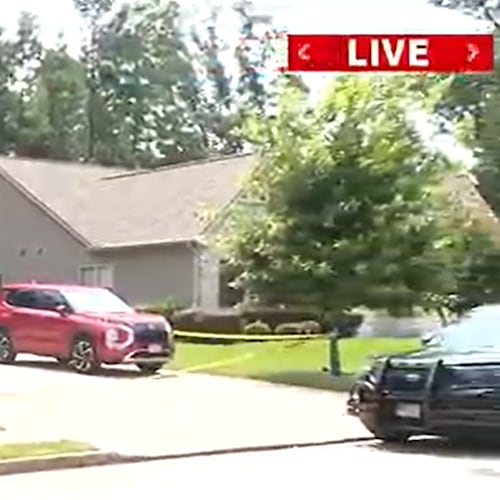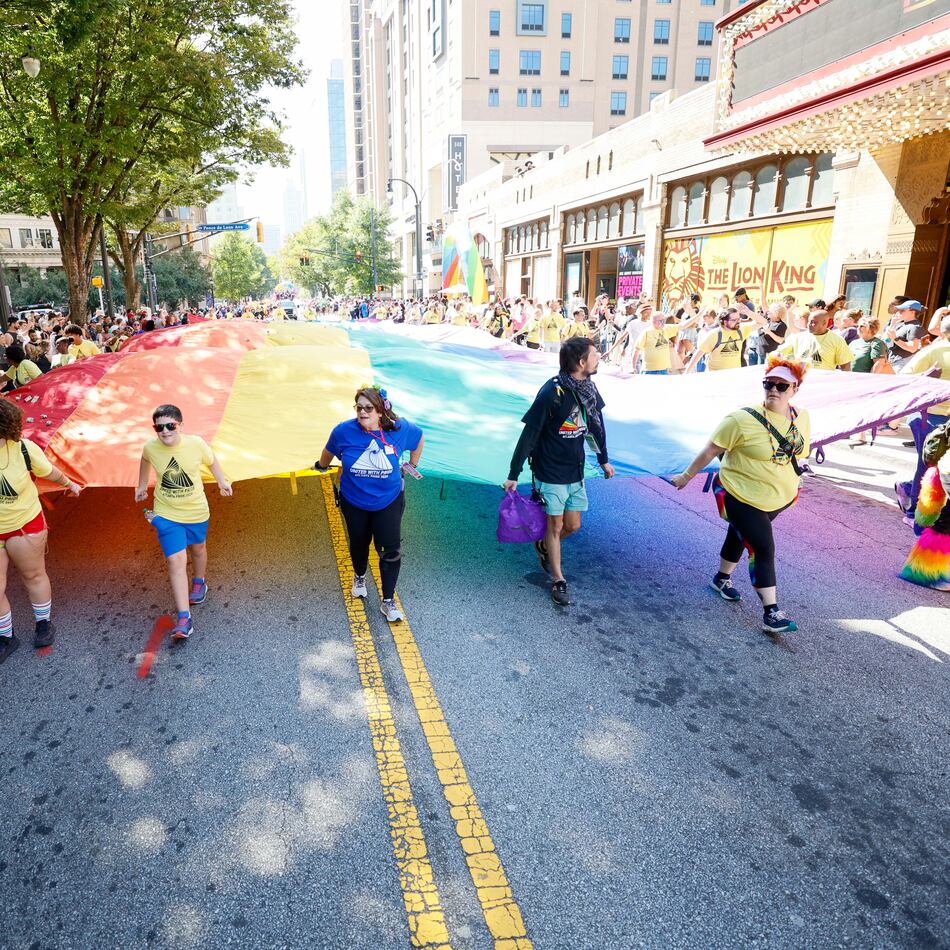It’s a daunting sight to see the surgeon who worked on your kid hustling down the hallway in full scrub gear to the intensive care unit where your child is recuperating.
Three days earlier, Dr. Megan Durham had spent nearly seven hours in my youngest son’s chest, digging nodule after nodule from his lungs.
Michael, now 18, was diagnosed in April with osteosarcoma, an aggressive bone cancer that started in his femur near the knee and had spread.
When we last saw the good surgeon, she was decompressing from the arduous operation and was presenting the news in one of those stark “family rooms.” There were more nodules, she said, far more, than they originally thought.
She was calm and professional in spelling it out on a chalkboard, but we could tell this affected her as a human being.
For six months, our family has been pushing back a monster that is out there lurking, one that is awful and terrifying. Moments like the one in the family room or when a surgeon is hustling toward your son’s room, possibly with news of the biopsies, are times when that monster can no longer be ignored. It is there on your chest, tearing away at you.
The journey started in early April in a medical room at an Emory medical building. Michael had been limping and we got an X-ray. The doctor’s face showed something was very wrong. A tumor, just above the knee.
How quickly a young man’s life — an entire family’s life, for that matter — can change course.
Michael was closing in on high school graduation and was accepted at the University of Georgia and set to study genetics (he’s smart). And then this. Two weeks later, he had this series of events in a four-day run: Made Eagle Scout. Celebrated his 18th birthday. Attended senior prom. Started chemo.
A month later, he was walking across the stage at Marist in his cap and gown when 200 fellow students exploded in applause. This was expected, yet shocking in a couple of ways. One, NOBODY claps during the ceremony at Marist — it drowns out the name of the next kid and is therefore verboten — and two, Michael is low-key and doesn’t like fuss.
He DID like that a dozen classmates shaved their heads in solidarity. But a big, loud, public outburst of affection and support? Are you kidding?
The video shows the teachers sitting on stage caught momentarily between breaking the rules regarding applause or joining in the joy of the occasion. Soon, they could not resist. Ultimately, more than 2,000 souls were on their feet, caught up in the moment.
The ensuing months have been grueling.
There have been about 10 stays in Children's Healthcare of Atlanta at Egleston for chemo. Each one for three or four days. The stays are a mixture of boredom and agony. He's hooked up to the tubes, the poison pumped into his body to kill the awful intruder.
Michael has, we have found, a stoic and sturdy nature, tempered by a razor wit. They are tools to keep the enormity of the situation at bay. Sure, he is terrified. But he doesn’t show it. Or won’t show it. Just push through, day by day, challenge by challenge, even moment to moment. He has not complained. It’s like he knows the best path through this is head down, eyes ahead.
Watching him, I couldn’t be half as proud of him through this if he was the starting quarterback at UGA.
Bad times show how the world reacts, and we have been fortunate to have family, friends, neighbors and co-workers who can’t do enough.
Co-workers are delivering us meals twice a week. A friend delivered a fridge to our garage to accommodate those meals. Flowers show up at the door. A neighbor cuts the lawn. A friend walks our dog. Gift cards for Michael appear. Neighbors lent us a stationary bike with handles for leg rehab. My cousin, anonymously at first, sent us a recumbent bike.
Friends and classmates visit Michael at home and at the hospital. They all are gearing up to go away to school — and it’s tough that he’s not going away for a while — but they are performing a crucial part of the healing process: They are there.
At this point, I must give shoutouts to the medical teams at Children's Healthcare of Atlanta and Emory University Hospital, and to the volunteers, especially organizations such as CURE. The nurses at the hospital are on the spot, caring and very competent, slipping in and out of the room like old friends.
Dr. Thomas Olson, the oncologist who is a long-suffering Notre Dame grad and a middling comedian, has charted the course of chemotherapy and is a bright spot when discussing a wrenching subject. His assistant, Christi Powell, is the glue every office needs. The bone surgeon, David Monson, is like a really smart carpenter.
Here’s what he did in July. He put a new knee on Michael, cut out the bottom two-thirds of his diseased femur (about 12 inches) and replaced it with a titanium rod. Atop that is 5 inches of a metal nub attached into the remaining thigh bone up to the hip. In all, Michael’s left leg has, like, 20 inches of metal.
The fortitude of my son coming back and relearning to walk is remarkable. Once again, it’s day by day, quiet work, no complaining.
Within a week in July, he was walking with crutches. And last weekend, on the day before his chest surgery, Michael and I took a long walk. The crutches are long gone.
>> RELATED: A Brother Gone, A Hard Hole To Repair
Thursday morning, my wife, Julie, was sitting in the ICU’s family meal room when she saw the surgeon rush by toward the unit. Julie put away her food and gave chase. As she caught up, Dr. Durham had already arrived in Michael’s room. The doc had been refreshing her computer for biopsies from the lungs.
They finally arrived. The news came a day or two earlier than expected, so the cascading fear and anticipation had not yet set in.
The surgeon was wearing a smile and giving a thumbs-up befitting the glorious result: The nodules were 97-99 percent dead.
It seemed the surgeon’s haste was necessary — she wanted to beat Olson the oncologist to the punch in delivering the good news.
It’s not over by any means. There are three more months of chemo and we are praying that will do the trick.
And then a young man can continue on with his life and keep making his family proud.
About the Author
The Latest
Featured






